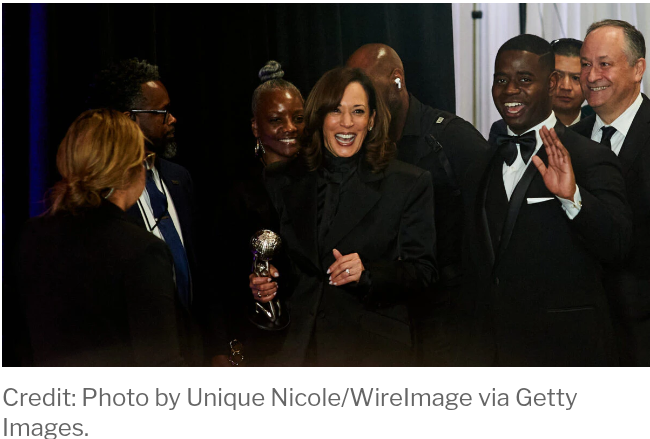Louis Dejoy Steps Down as USPS Head After Billions in Losses Amid Declining Mail Volume
The United States Postal Service (USPS) is undergoing a significant leadership change as Louis DeJoy, the Postmaster General, announces his departure following staggering financial losses. In 2024 alone, the USPS reported a loss of $9.5 billion, adding to the $6.5 billion deficit from the previous year. These losses have raised serious concerns about the organization’s financial management and operational efficiency. DeJoy’s tenure, marked by controversial decisions and declining mail volumes, has come under intense scrutiny, prompting questions about the future of the postal service in an increasingly digital world.
One of the most puzzling aspects of the USPS’s recent performance is the sharp decline in mail volume, which has dropped by 80%. Despite this dramatic reduction, the organization has added approximately 190,000 employees over the same period. This contradiction has sparked criticism from lawmakers and industry experts alike. Senator Rand Paul, for instance, questioned the logic behind such a move, drawing a comparison to private businesses. He remarked, “Can you think of a private business where 80% of what they’re doing to make money is going down in volume, yet they still increase their workforce? It’s simply unsustainable.”
The decision to insource 190,000 jobs has further fueled the debate about the USPS’s operational strategy. Critics argue that expanding the workforce during a period of declining revenue and mail volume is counterintuitive and financially irresponsible. Senator Paul echoed this sentiment, calling the move “inexplicable” and highlighting the lack of a clear rationale behind such a significant increase in staffing. This approach stands in stark contrast to the cost-cutting measures typically adopted by private sector companies facing similar challenges.
As the USPS grapples with these issues, the broader implications for the organization’s future remain uncertain. The decline in traditional mail services, driven by the rise of digital communication, has forced the postal service to rethink its role in a rapidly evolving landscape. However, the combination of massive financial losses, declining mail volume, and an expanding workforce has left many questioning whether the USPS can adapt effectively. The leadership transition presents an opportunity for a fresh perspective, but it also underscores the urgent need for strategic reforms to ensure the organization’s long-term viability.
In the wake of DeJoy’s departure, the focus now shifts to the next steps for the USPS. Stakeholders are calling for a comprehensive review of the organization’s operations, financial practices, and workforce management. The challenges ahead are daunting, but they also offer a chance to reimagine the postal service for the modern era. As the USPS navigates this critical juncture, the decisions made in the coming months will shape its trajectory for years to come, determining whether it can overcome its current struggles and emerge as a more efficient and sustainable institution.






